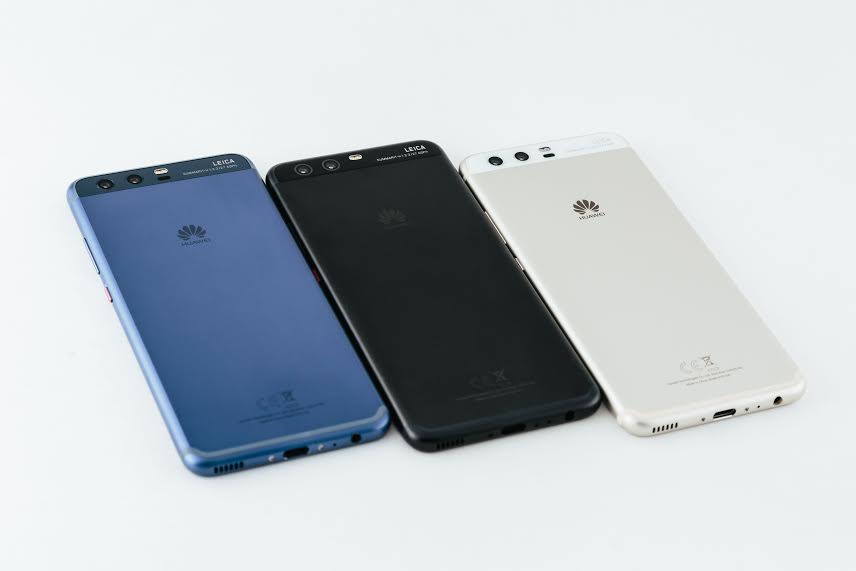
Chinese smartphone makers now account for one third of global shipments
Renowned market research company Counterpoint has released its 2016 global smartphone shipments data. According to the report, global shipments of smartphones in 2016 reached nearly 1.5 billion units. Chinese vendors shipped a total of 465 million units, accounting for nearly one third of global shipments.
Huawei was the top Chinese smartphone maker in terms of shipments, followed by OPPO and Vivo, all posting rapid growth in 2016. These three vendors shipped a combined 300 million units, fueling growth in the global smartphone market.
According to the report, Chinese smartphone makers are increasingly in the spotlight thanks to their rapidly expanding global presence. In recent years, as competition in the domestic market heats up, Chinese vendor shave started to look for growth drivers in overseas markets. Huawei, OPPO and Vivo have been the three best performers in the global push.
The report comes just a few weeks after Huawei launched its new flagship Huawei P10 Plus and Huawei P10 globally and in Saudi markets, which are expected to play a pivotal role in smartphone shipments this year. According to the report, Huawei's shipments to overseas markets for the past year have grown almost on par with its domestic shipments at nearly 45% of total shipments as it made progress in many regions across the globe. Huawei did especially well in European markets, which are often considered as a highland for brands, posting outstanding results both in terms of market share and brand recognition, while continuing to take the lead in the premium segment. In addition to its excellent performance in Europe, Huawei also recorded rapid growth in emerging markets such as North Africa, Latin America and Central Asia, making across-the-board gains.
Huawei’s global market share continued to improve in 2016, driven by breakthroughs in key markets. According to data from renowned market research firms GfK, IDC and Counterpoint, in addition to holding onto its third place position in the global market, Huawei posted strong growth momentum despite an overall sluggish market.
The top three Chinese smartphone makers are performing differently in their globalization due to the fact that they have each adopted different strategies and are at different stages of development.
As for Huawei, its globalization strategy and execution are leading the packs. Huawei started to explore overseas markets early, investing in sales channels, patents and marketing to clear away potential obstacles to the launch of its flagship products. In terms of sales channels, Huawei has formed partnerships with a large number of telecom carriers across the globe. In terms of patents, as of the end of 2016, Huawei Consumer Business Group had applied for 11,000 patents, adding about 1,500 patents each year and signing a series of cross-licensing agreements on intellectual property rights with key players such as Ericsson, Qualcomm and Nokia. All of this has allowed Huawei to overcome the many enormous patent barriers on its path to globalization. In terms of marketing, Huawei has formed partnerships with top global brands including Leica and Porsche Design, helping to boost its image as a global brand and expand its business globally to cover more regions and consumers.



























